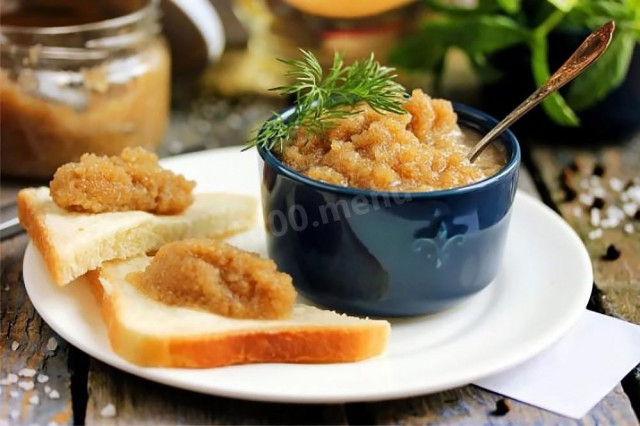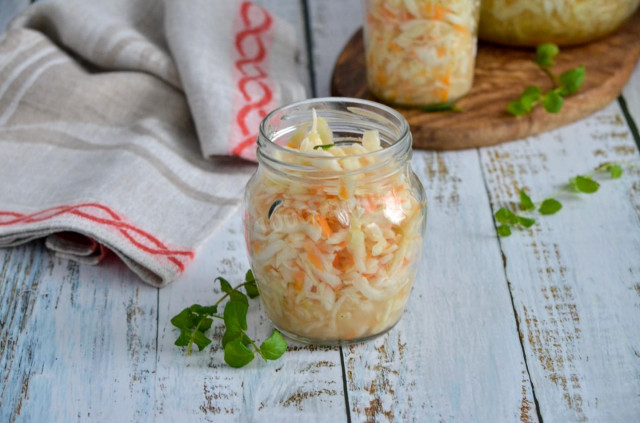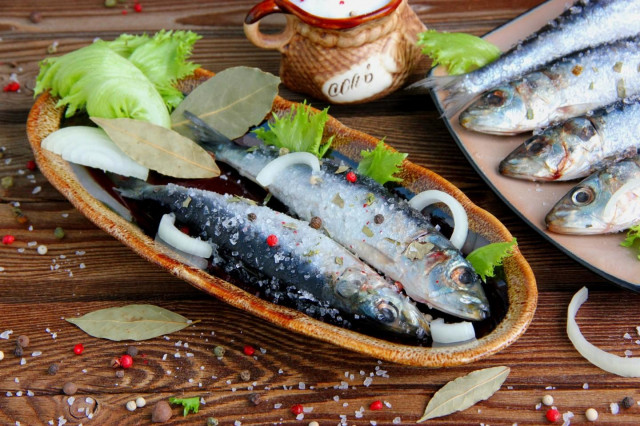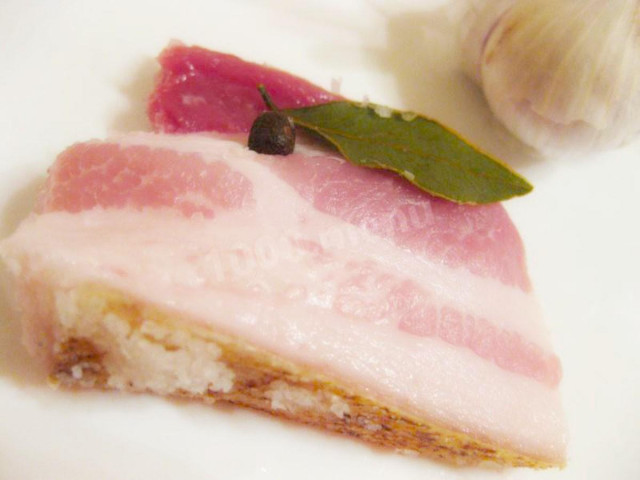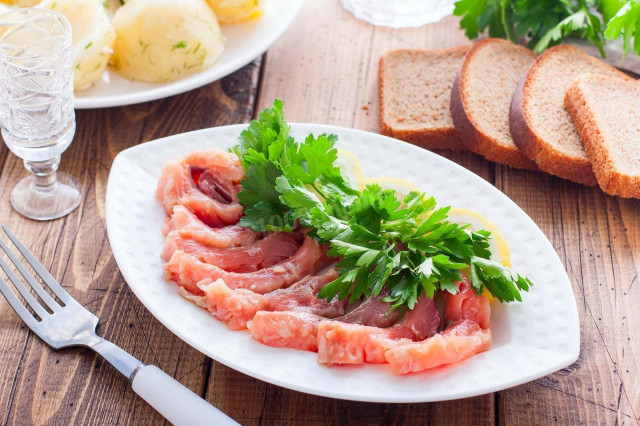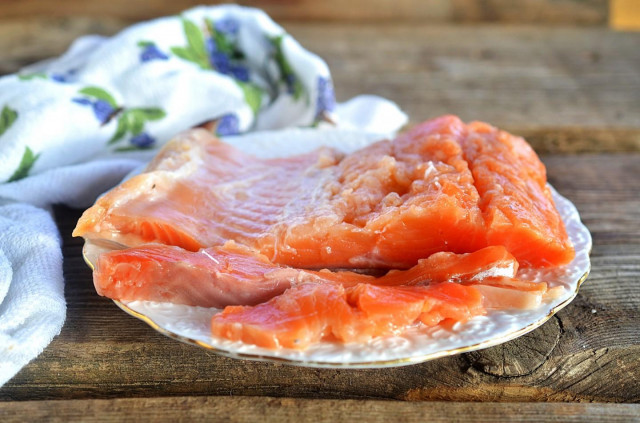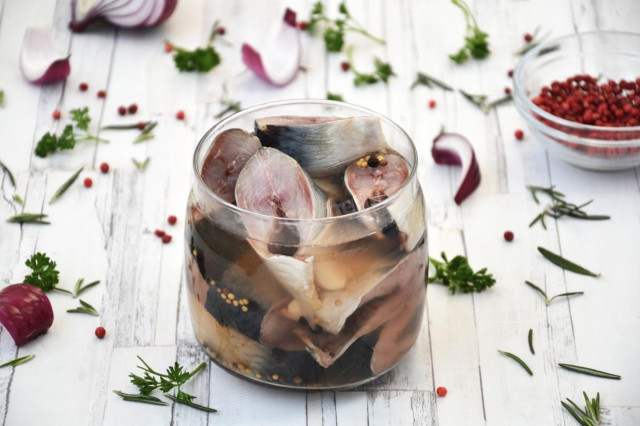Composition / ingredients
Cooking method
Caviar must be fresh. We transfer it to a glass or ceramic bowl of a suitable size. Pour a third of cold water into the caviar, which must be drinkable - not necessarily boiled, at least simply filtered.
Next, using a conventional fork, we begin to mix the caviar with careful movements. With such actions, all films are wound on the fork, that is, only individual eggs will remain in the bowl. But it may be that not all films can be removed from the caviar with a fork. In this case, pour the caviar together with water on a large sieve and then use a spoon, trying to keep the films on the sieve, and the caviar, along with the liquid, passed through the holes back into the bowl.
Next, add half of the remaining water to the caviar and filter it through a sieve again. Repeat the procedure again with the remaining water. When the caviar is well washed, you can proceed to the next stage of salting, namely, to prepare the brine.
We do it this way... In a separate container (you can take a glass), pour boiling water (80 ml), into which we pour salt and mix well until the crystals completely dissolve. Next, we pour the prepared washed caviar with the resulting brine. We leave the caviar in the brine for 2 hours, cover the container with a lid.
When this time has passed, we drain the brine and pour the caviar with vegetable oil. It should be refined, odorless. Thoroughly, but gently stir the caviar. She's ready to serve! That's so quick and easy!
If the feeding is planned later, we store the caviar in the refrigerator. To do this, we transfer the caviar into a jar of a suitable size, which we close with a lid. It is not stored for a very long time - several days. With it, you can prepare delicious sandwiches or excellent snacks, for example, caviar oil or tartlets.
Bon appetit!
Calorie content of the products possible in the composition of the dish
- Vegetable oil - 873 kcal/100g
- Salt - 0 kcal/100g
- Water - 0 kcal/100g
- Carp caviar - 179 kcal/100g

